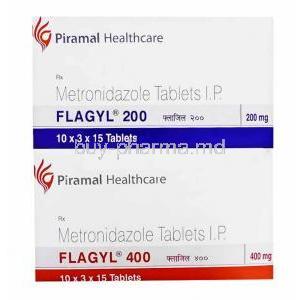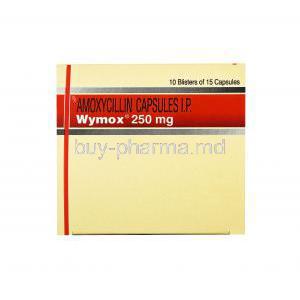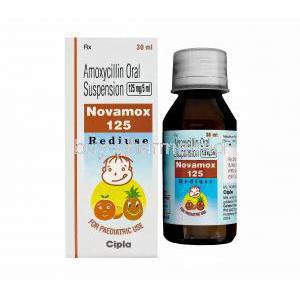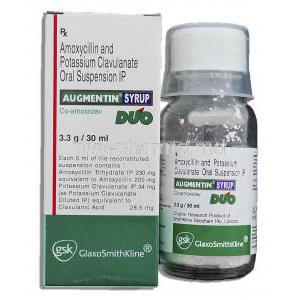Tobramycin Injection
- Introduction to Tobramycin Injection
- Composition of Tobramycin Injection
- Uses of Tobramycin Injection
- Off-label Uses of Tobramycin Injection
- How Tobramycin Works
- Ceftazidime and Tobramycin injection
- Dosage and Administration of Tobramycin
- How to prepare tobramycin injection for inhalation
- Side Effects of Tobramycin Injection
- Important Precautions When Using Tobramycin
- Special Considerations in Administration
- Handling and Storage of Tobramycin Injection
- Overdose and Emergency Management
Introduction to Tobramycin Injection
Tobramycin injection is an antibiotic from the aminoglycoside class intended to treat a wide range of severe bacterial infections, especially those affecting the respiratory system, skin, bones, and urinary tract. Its effectiveness is particularly notable against Gram-negative bacilli, offering a crucial solution in infectious diseases. The development of Tobramycin dates back to the 1960s. It received approval from the United States Food and Drug Administration (FDA) in the early 1970s for its clinical utility and pharmacological efficacy. This endorsement represented a step forward in antimicrobial therapy by tackling infections that were becoming increasingly resistant to existing antibiotics.
Composition of Tobramycin Injection
The main ingredient in Tobramycin injection is tobramycin sulfate, which works by stopping bacteria from making proteins, causing their cells to malfunction and eventually die. This medication is usually given as a liquid solution in different strengths for injection into the veins or muscles. It comes in single-dose vials and multi-dose containers to suit treatment requirements. Additionally, Tobramycin may be combined with drugs to improve its effectiveness against particular infections.
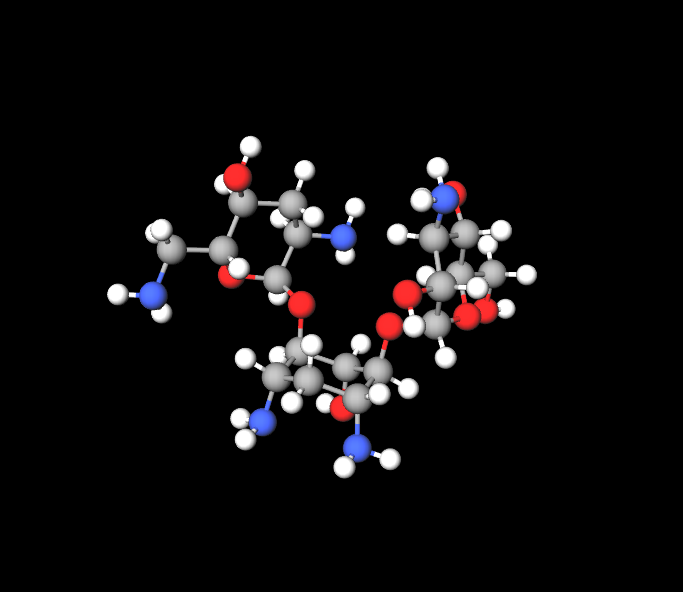
Uses of Tobramycin Injection
Tobramycin, a broad-spectrum antibiotic, is primarily employed to treat serious bacterial infections. It finds application in various conditions, including:
- Septicemia: A life-threatening bloodstream infection caused by bacteria such as Pseudomonas aeruginosa, Escherichia coli, and Klebsiella species11.
- Lower Respiratory Tract Infections (Pneumonia): Tobramycin is effective against bacterial pneumonia11.
- Meningitis: Serious central nervous system infections can also be treated with tobramycin11.
- Intra-abdominal Infections: This includes conditions like peritonitis11.
- Skin and Skin Structure Infections: Tobramycin is useful in managing skin infections11.
- Bone Infections: It can be employed for treating bone infections11.
Off-label Uses of Tobramycin Injection
Additionally, tobramycin is utilized in topical ophthalmic formulations and as inhalation solutions for lung infections in patients with cystic fibrosis1[1]2[3]3[4]4[5]. Notably, it demonstrates efficacy against both gram-negative bacteria (such as Pseudomonas aeruginosa, Klebsiella, and Escherichia coli) and Staphylococcus aureus (a gram-positive bacterium)
How Tobramycin Works
Tobramycin works by disrupting the production of proteins in bacteria. It does this by attaching to the 30S part of the ribosome, which stops the creation of crucial proteins needed for bacterial functions.
- In terms of how it affects the body, Tobramycin's ability to kill bacteria is influenced by its concentration. Meaning that the higher the drug concentration, the faster it can eliminate bacteria.
- When Tobramycin is taken, it is quickly absorbed. It spreads widely throughout bodily fluids and tissues, including sputum and bronchial secretions.

Ceftazidime and Tobramycin injection
Ceftazidime+Tobramycin is prescribed to treat infections. This medication combines Ceftazidime and Tobramycin, which work together to inhibit the formation of the layer that bacteria need to survive in the body.
Dosage and Administration of Tobramycin
The amount of Tobramycin needed should be adjusted according to the infection type and severity along with factors like the patient's age, weight, and kidney function. Tobramycin can be given through an IV or injection into the muscle with dosing schedules ranging from a day to multiple times a day depending on the patient's condition and how they respond to treatment.
How to prepare tobramycin injection for inhalation
Here's how you can get ready for a tobramycin inhalation injection: Mix the Tobramycin with either 0.9% sodium chloride or sterile water until you have a volume of 3 mL in your nebulizer cup (1 mL is needed). Breathe in the Tobramycin mix using an aerosol nebulizer for around 20 minutes following your doctor's instructions.
Side Effects of Tobramycin Injection
Tobramycin plays a role in treating severe infections but it comes with potential risks of side effects.
- Some common side effects to watch out for are hearing loss (ototoxicity), kidney damage (nephrotoxicity), and occasionally neurological problems like dizziness and vertigo.
- On occasions, serious adverse reactions such as respiratory paralysis, allergic responses, and superinfections may occur, necessitating prompt medical intervention.
Important Precautions When Using Tobramycin
Tobramycin must be used carefully in individuals with existing health issues like kidney problems or hearing impairments. It is crucial to check the drug's levels in the body to avoid any harmful effects. Moreover, Tobramycin can interact with medications, especially those that could impact kidney function or nerve signals, such as diuretics or anesthetics. People who are allergic to Tobramycin should avoid using it, and pregnant or nursing women should use it cautiously if necessary due to the risks to the baby.
Special Considerations in Administration
Administration to Elderly Patients: Risks and Recommendations
Administering Tobramycin to individuals requires extra caution because they are more prone to kidney and ear issues. It is crucial to adjust dosages since kidney function tends to decrease as people age.
- Regularly checking drug levels in the blood is advised to prevent levels that could worsen existing health problems.
- Begin treatment with doses and make adjustments based on monitoring kidney function. Increase monitoring for hearing and balance problems.
Administration to Pregnant Women and Nursing Mothers
Pregnant women and breastfeeding mothers pose a medical situation when Tobramycin treatment is being considered. It is recommended to use the drug only if the advantages surpass the risks, considering its ability to pass through the barrier and be present in breast milk. Expectant or nursing mothers should receive guidance on possible impacts on fetal and newborn health, especially in critical situations where assessing the risk to benefit ratio is crucial. If Tobramycin treatment is necessary, it is advisable to discontinue breastfeeding.
Pediatric Use: Safety and Dosage Adjustments
Children are especially vulnerable to the impacts of aminoglycosides like Tobramycin. It's crucial to adjust the dosage according to their body weight and kidney function and keep a check to prevent any harmful effects. Following the dosing instructions helps reduce risks and fight infections effectively. Regularly monitoring kidney function and hearing abilities is important. Adjust medication doses cautiously based on results from drug monitoring.
Handling and Storage of Tobramycin Injection
Proper Storage Conditions to Maintain Efficacy
To maintain the effectiveness of Tobramycin it's important to store it.
- Keep Tobramycin injections at room temperature shielded from light and away from heat and moisture that can reduce its properties.
- Store them, between 20°C to 25°C (68°F to 77°F) in their packaging to protect them from light.
Handling Precautions for Healthcare Providers
Healthcare professionals need to be cautious when dealing with Tobramycin to prevent any contamination and maintain safety. It's important to use techniques while preparing and administering the medication to ensure its purity. Also, wearing protective equipment (PPE) is essential to minimize the risk of exposure, especially during procedures that generate aerosols. Make sure to wear gloves and masks when administering the medication and follow techniques for injection preparation and administration.

Overdose and Emergency Management
Symptoms of Overdosage with Tobramycin
An excessive amount of Tobramycin could result in kidney and ear-related side effects. Signs may consist of kidney problems, dizziness, loss of hearing and ringing in the ears. Identifying these signs quickly can help with action to reduce potential long-term issues. Stay alert for indications of toxicity, like variations in urine production and hearing function.
Immediate Actions and Antidote Information
In cases of taking much Tobramycin, it's crucial to act promptly to avoid severe harm. There isn't an antidote for Tobramycin; hence the approach involves providing supportive and symptomatic care. This includes stopping the medication, closely monitoring the individual, and possibly using dialysis to help kidney function and speed up drug removal. If an overdose is suspected, stop giving Tobramycin away. In situations, think about using hemodialysis to eliminate the drug from the body circulation.









